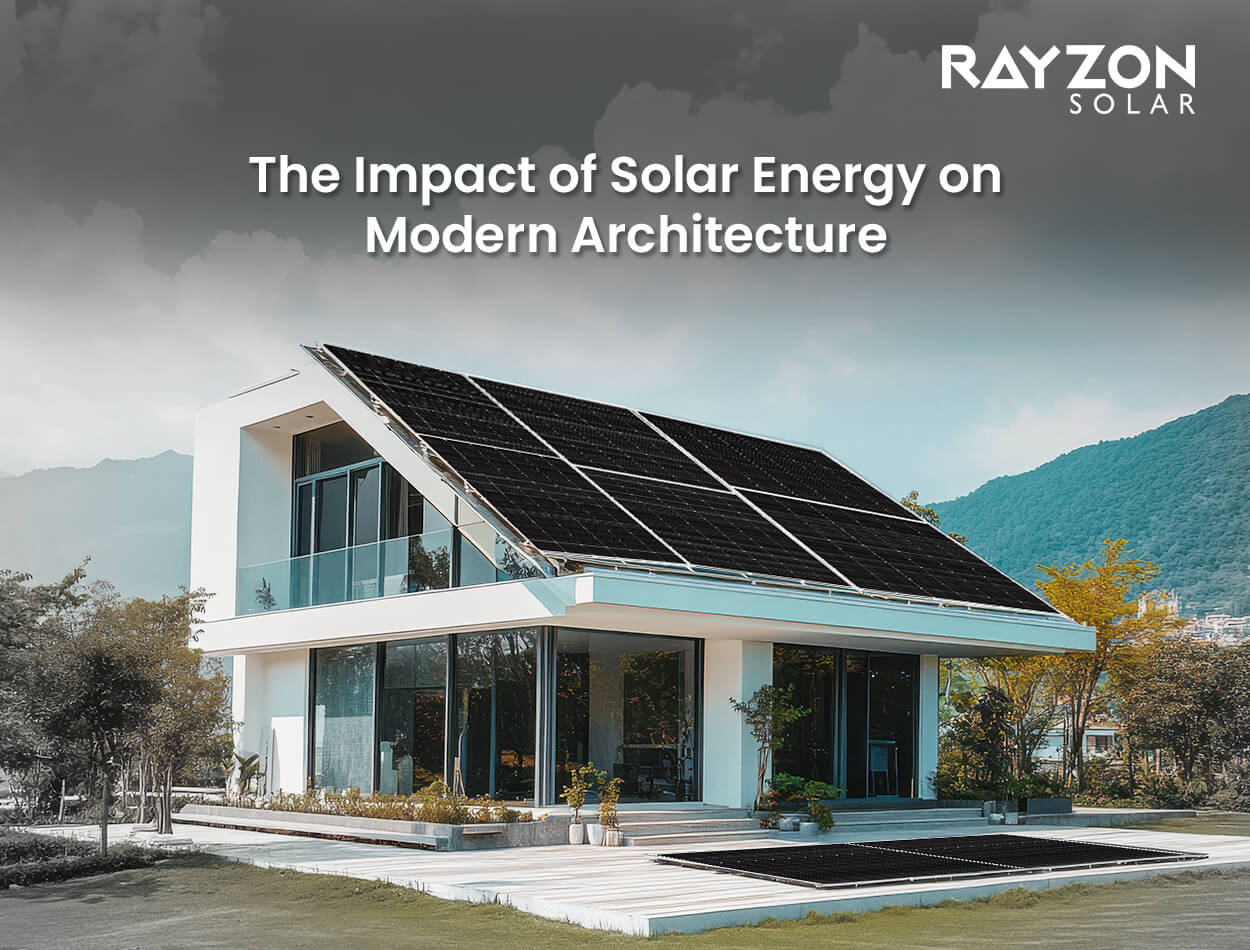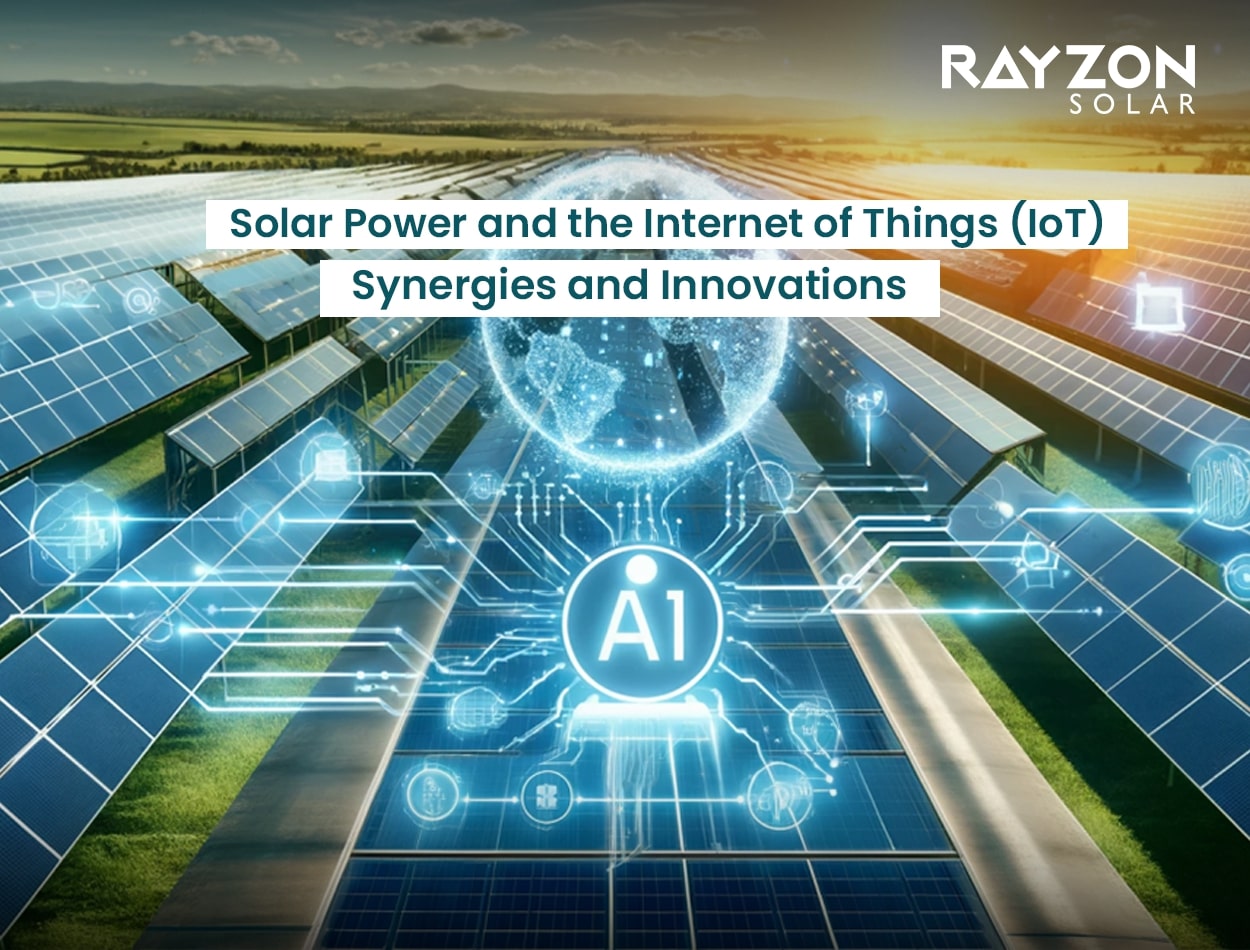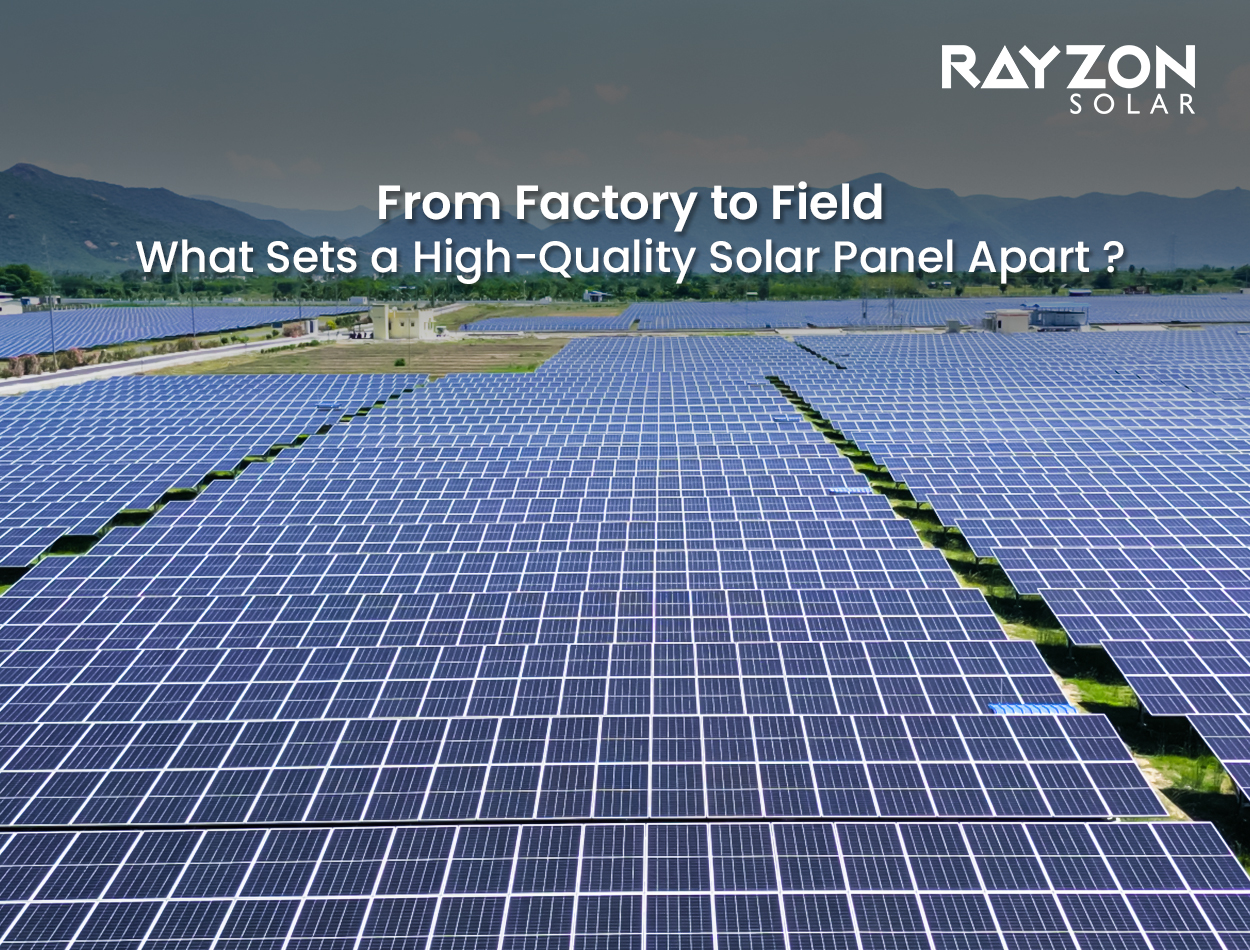
The Impact of Solar Energy on Modern Architecture
The intersection of solar energy and modern architecture has given rise to a new era of sustainable and innovative building design. As the world struggles with the pressing issues of climate change and energy reduction, solar energy has emerged as a practical and attractive solution. By integrating solar panels into architectural structures, architects and engineers are not only reducing their carbon footprint but also creating visually stunning and energy-efficient buildings.
This blog post will explore the various ways in which solar energy is transforming modern architecture, from traditional rooftop installations to cutting-edge building-integrated photovoltaics (BIPV). We will discuss the benefits of solar energy for buildings, the design principles to consider, and the impact of solar-powered architecture on urban planning and sustainability.
The Rise of Solar Energy in Architecture
The adoption of solar energy in architecture is driven by the global shift towards sustainable practices. As one of the top solar panel companies in India, Rayzon Solar has been at the forefront of this movement, providing innovative solar solutions that meet the demands of modern architecture. Solar energy architecture is no longer a position concept but a mainstream approach embraced by architects worldwide. Solar design principles, such as passive solar design and building-integrated photovoltaics (BIPV), are becoming important elements of modern architecture.
Modern buildings with solar features are designed to maximize energy efficiency by harnessing the power of the sun. Solar architectural features like strategically placed panels, solar shading devices, and energy-efficient glazing are now standard in sustainable architecture. These innovations not only reduce energy consumption but also contribute to the overall aesthetics of the building, creating a harmonious blend of form and function.
Solar Energy Integration in Building Design
Solar energy integration in building design involves more than just placing solar panels on a structure. It requires a full approach that considers the location of the building, the local climate, and the intended use of the space. Architects are increasingly turning to solar design principles to create buildings that are not only energy-efficient but also comfortable and visually appealing.
For instance, passive solar design is a key element of solar energy architecture. By optimizing the building's orientation and using materials that absorb and store solar energy, architects can significantly reduce the need for artificial heating and cooling. This not only lowers energy costs but also minimizes the building's environmental impact.
Read More: The Environmental Impact of Solar Energy
Design Principles for Solar-Powered Buildings
To maximize the benefits of solar energy in modern architecture, several design principles should be considered:
- Orientation and Shading: Buildings should be oriented to capture maximum sunlight throughout the year. Shading devices, such as projections or awnings, can be used to regulate solar heat gain and prevent overheating.
- Solar Panel Integration: Architects can seamlessly integrate solar panels into building cover-ups, roofs, or even windows. BIPV systems offer a visually appealing and efficient way to generate solar energy.
- Energy Efficiency: In addition to solar energy, incorporating energy-efficient features such as insulation, efficient lighting, and advanced HVAC (Heating, Ventilation, and Air Conditioning) systems can further reduce a building's energy consumption.
- Passive Solar Design: Passive solar design techniques, such as utilizing natural sunlight for heating and lighting, can complement active solar systems and enhance overall energy efficiency.
The Role of Building-Integrated Photovoltaics (BIPV)
One of the most exciting developments in solar-powered architectural solutions is the rise of Building-Integrated Photovoltaics (BIPV). Unlike traditional solar panels, which are mounted on rooftops or open spaces, BIPV systems are seamlessly integrated into the building's structure. This innovative approach allows architects to create energy-efficient architecture without compromising on design aesthetics.
BIPV systems can be incorporated into various parts of a building, including the roof and windows. This not only enhances the building's energy efficiency but also provides additional design flexibility. As one of the best solar panel manufacturers, Rayzon Solar Guide has cutting-edge BIPV solutions that are ideal for modern architecture with solar energy integration.
The Benefits of Solar Energy for Modern Architecture
The benefits of incorporating solar energy into modern architecture are multiple. First and foremost, solar-powered buildings are more energy-efficient, leading to significant cost savings over the building's lifespan. Additionally, solar energy integration contributes to the reduction of greenhouse gas emissions, making these buildings more environmentally friendly.
Moreover, solar energy architecture can enhance the market value of a property. As more homebuyers and investors prioritize sustainability, buildings that incorporate solar architectural features are becoming increasingly desirable. This trend is particularly evident in urban areas, where solar energy and urban planning go hand in hand to create sustainable communities.
Sustainable Architecture and Urban Planning
Sustainable architecture is not just about individual buildings; it’s about creating communities that are environmentally responsible and resource-efficient. Solar energy for green buildings plays a crucial role in this process, providing a renewable energy source that reduces dependence on fossil fuels. In urban planning, solar-powered architectural solutions are being integrated into the design of entire neighbourhoods, creating eco-friendly architectural designs that benefit both residents and the environment.
Rayzon Solar’s expertise in providing innovative solar solutions makes it a key player in this transformative trend. By partnering with architects and urban planners, Rayzon Solar is helping to shape the future of renewable energy architecture, ensuring that solar energy remains at the forefront of sustainable development.
Read More: Sustainable Energy Innovations in 2024
Innovative Solar Architecture: A Look at the Future
As technology continues to change, so too does the potential for innovative solar architecture. Future developments may include even more advanced BIPV systems, solar panels with higher efficiency rates, and new materials that better integrate with architectural designs. The future of solar energy in building design looks bright, with endless possibilities for creating structures that are both beautiful and sustainable.
In addition to new technologies, there is also a growing importance on the aesthetic integration of solar energy. Architects are exploring creative ways to make solar panels and other renewable energy features integral to the overall design of a building. This approach not only enhances the building's visual appeal but also makes a strong statement about the importance of sustainability in modern architecture.
Conclusion
The impact of solar energy on modern architecture is incontrovertible. As the world moves toward a more sustainable future, the integration of solar energy into building design will continue to grow in importance. Solar energy architecture, with its focus on energy efficiency and environmental responsibility, is not just a trend but a fundamental shift in how we think about and design our buildings.
Rayzon Solar, one of the leading solar panel companies in India, is at the forefront of this transformation. By offering innovative solar-powered architectural solutions, Rayzon Solar is helping to create a future where sustainable architecture is the standard rather than the exception. As we look ahead, it’s clear that solar energy will play a crucial role in shaping the buildings and cities of tomorrow.
Contact Us
For more information on solar energy solutions and to explore how Rayzon Solar can help you integrate solar into your building project, please contact us at contact@rayzonenergies.com



